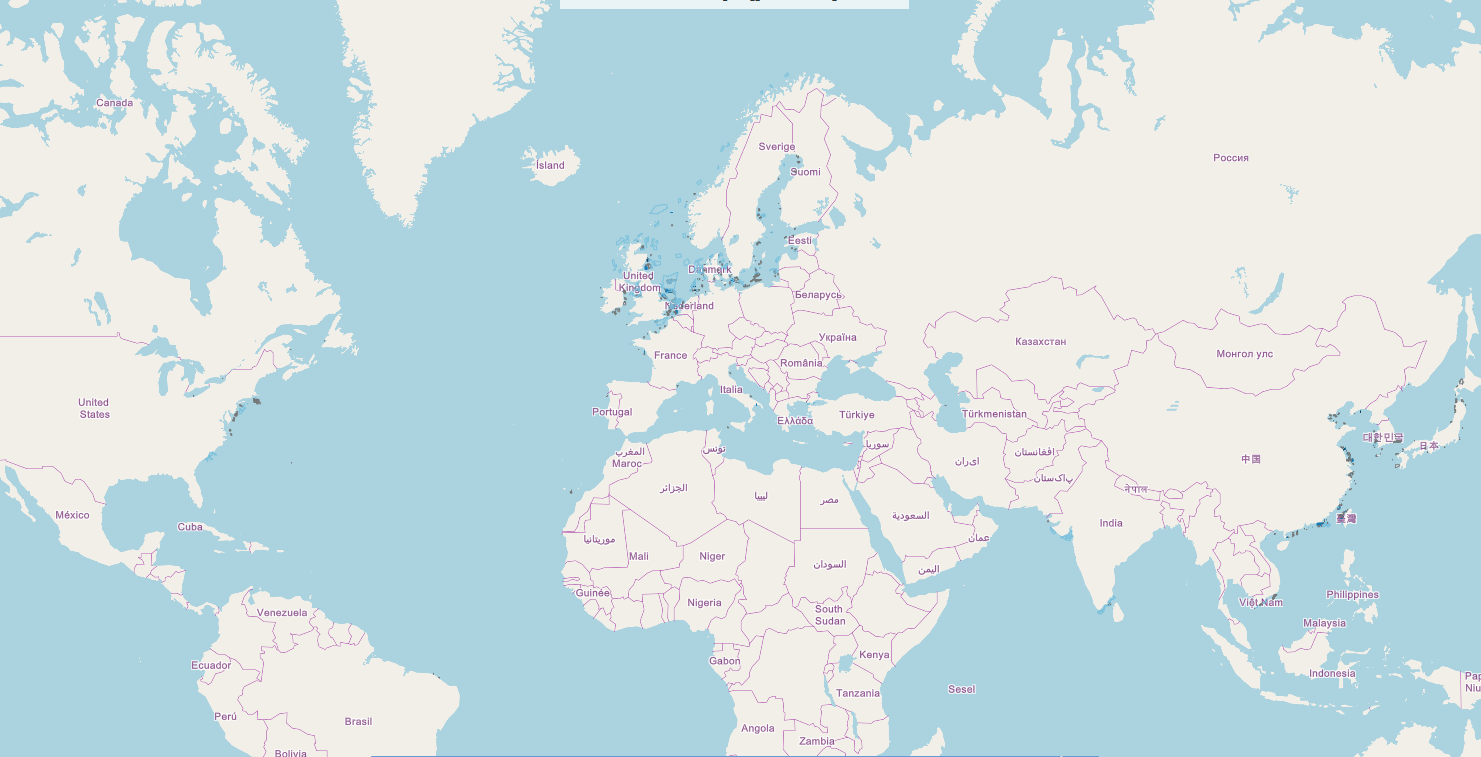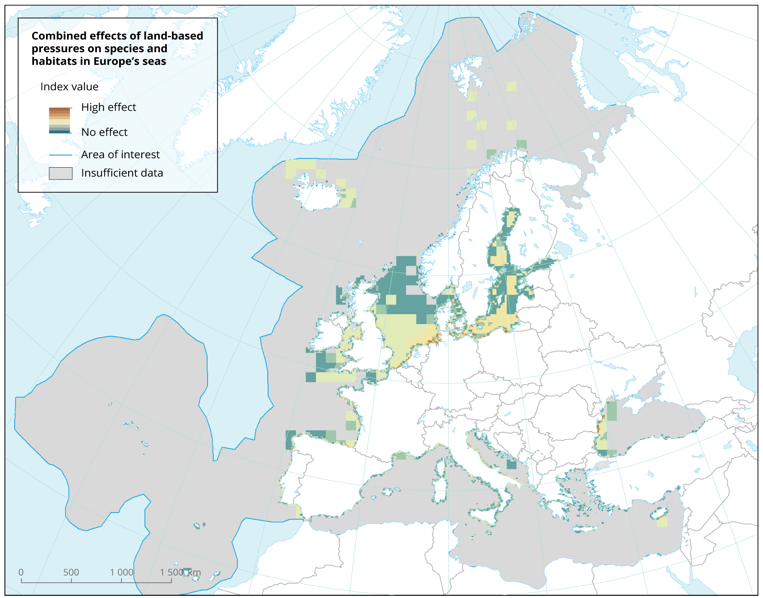/Activités et Usages/Industrie et énergie
Type of resources
Available actions
Topics
Keywords
Contact for the resource
Provided by
Years
Formats
Representation types
Update frequencies
status
Scale
Resolution
-

Localisation des sites d'exploration des hydrocarbures liquides ou gazeux. Camino expose les propriétés des titres et autorisations du domaine minier français.
-

Résultats des enquêtes annuelles sur l’activité de l’industrie parapétrolière et paragazière française. Le GEP AFTP conduit annuellement une enquête économique et conjoncturelle sur l’industrie parapétrolière et paragazière en France. Les objectifs de cette enquête sont d’une part de rendre compte du paysage des entreprises constituant ce secteur et, d’autre part, de mettre évidence leurs attentes et leurs souhaits concernant une possible expansion. Ces enquêtes s'adressent notamment aux pouvoirs publics en leur fournissant des éléments chiffrés sur l’emploi et le rôle de ces activités dans l’économie nationale.
-

This data set corresponds to the global offshore wind farm boundaries with the following attributes for each project: + WindfarmId (ID of the windfarm) + Name (Name of the windfarm) + Country (Country code) + Status (Status code) + WindfarmStatus (Windfarm Status or Project Status) + StatusComments (Comments on the Windfarm Status or Project Status) + CapacityMWMin (Capacity of the windfarm - Min) + CapacityMWMax (Capacity of the windfarm - Max) + NoTurbinesMin (Number of turbines - Min) + NoTurbinesMax (Number of turbines - Max) + Comments (Comments) + TurbineMWMin (Capacity of the turbine (set-up in the windfarm) - Min) + TurbineMWMax (Capacity of the turbine (set-up in the windfarm) - Max) + OtherNames (Other name of the windfarm) + CountryName (Country where the windfarm is set) + Lat (Geographic coordinate - centre latitude) + Lon (Geographic coordinate - centre longitude) + IsEstimatedLocation (This is where we know that a project exists but we don't know its exact location.) + IsOnHold + Developers (Developer(s) of the windfarm) + Owners (Owner of the windfarm) + Operators (Operator of the windfarm) + OffshoreConstructionStarts The frequency of the database release is monthly. This data set corresponds to the release of January 2020. This data set is strictly for internal EEA use as is subjected to a commercial license. Given the limited user subscriptions available, interested users should contact the SDI Team (sdi@eea.europa.eu) to be granted access to the data set.
-

Résumé
-

Ce jeu de données expose les projets (en MW) de raccordement en développement présentés en trimestres depuis 2015 sur les réseaux de transport et de distribution en électricité. Pour le réseau de RTE, il s’agit des projets ayant fait l’objet d’une « proposition d’entrée en file d’attente » ou d’une « proposition technique et financière » acceptée ou qui ont été retenus dans le cadre d’un appel d’offres. Pour le réseau d’Enedis et des ELD, il s’agit de projets pour lesquels une demande de raccordement a été qualifiée complète par le gestionnaire de réseau de distribution. Afin d’assurer la cohérence avec les données passées, la maille "ancienne région" a été conservée.
-

Ce jeu de données présente les consommations régionales annuelles brutes d’électricité (GWh) et de gaz (GWh PCS 0°C) sans correction de l’aléa climatique. Périmètre électricité : France continentale et Corse, pertes comprises. L'ensemble des données sont définitives. Périmètre gaz : France continentale. Les valeurs de consommation de la zone Teréga 2014-2018 sont désormais disponibles au périmètre distributeurs et consommateurs directement raccordés au réseau de Teréga.
-

Données annuelles de main d'œuvre dans l'industrie pour les pays de l'Union Européenne.
-

Ce registre présente les installations de production et de stockage d'électricité raccordées directement ou indirectement aux réseaux publics d’électricité en France métropolitaine et dans les zones non interconnectées (ZNI) au 31 mars 2021. Les données des gestionnaires de réseaux seront intégrées au fur et à mesure de leur disponibilité. Les informations relatives aux installations de moins de 36 kW sont rendues publiques après agrégation, tel que défini dans l'arrêté du 7 juillet 2016. Dans le respect des obligations règlementaires de l'article 179 de la LTECV, la maille territoriale la plus fine autorisée est la maille IRIS, et le pas temporel est annuel. Attention : Pour le périmètre EDF SEI, l'état du parc à fin décembre 2020 n'intègre pas encore les modifications d'installations ayant eu lieu courant 2018, 2019 et 2020; ces modifications seront prochainement prises en compte.
-

Ce jeu de données présente les productions régionales mensuelles définitives d’électricité (GWh) par filière et par territoire (région administrative) depuis 2014.
-

The dataset presents the potential combined effects of land-based pressures on marine species and habitats estimated using the method for assessment of cumulative effects, for the entire suite of pressures and a selected set of marine species groups and habitats by an index (Halpern et al. 2008). The spatial assessment of combined effects of multiple pressures informs of the risks of human activities on the marine ecosystem health. The methodology builds on the spatial layers of pressures and ecosystem components and on an estimate of ecosystem sensitivity through an expert questionnaire. The raster dataset consists of a division of the Europe's seas in 10km and 100 km grid cells, which values represents the combined effects index values for pressures caused by land-based human activities. The relative values indicate areas where the pressures potentially affect the marine ecosystem. This dataset underpins the findings and cartographic representations published in the report "Marine Messages" (EEA, 2020).
 Catalogue PIGMA
Catalogue PIGMA